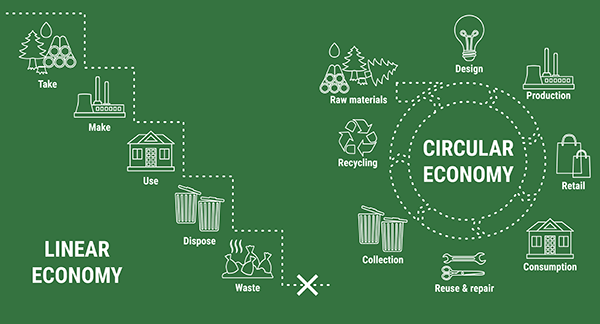P2 Section #1 | Automotive Maintenance - Pg 5

Tips for Success
In this lesson, we’ll cover some tips for success to help you get started or maintain P2 at your facility!
P2 Team and/or Champion
Forming a P2 team or choosing a P2 champion can be incredibly beneficial for your facility as it designates someone to have P2 discussions and maintain P2 activities. The P2 team is a group of staff members who are the go-to for P2 suggestions and identifying P2 opportunities. The team would consist of members with various different duties at the facility, from frontline staff to management. This will give you a wide variety of skill sets and exposure to many different areas/processes. A P2 champion would work much in the same way, but wouldn’t have the team to collaborate with. The P2 champion can still facilitate discussions with those suggesting P2 opportunities.
Once a P2 Team and/or champion is selected, a recurring meeting should be scheduled to discuss potential P2 opportunities or ongoing P2 activities. They should also be the go-to contact to discuss found P2 opportunities and look into the feasibility of implementing them.
Know your Facility
As you keep working towards implementing P2, keep tabs on what materials are being used and what waste is being generated at your facility. This includes a general sense of the quantity of materials/waste, not just what they are. This enables you to consider the priority of P2 opportunities as they are identified. It will also help you to make realistic goals when planning and implementing P2 opportunities.
Life Cycle Perspective
A material life cycle perspective helps you to identify more P2 opportunities. This perspective considers the impact of a product or process at every stage of its life, from raw material extraction to production, use, and disposal. A circular economy leans into this perspective and closes the loop on a linear economy. In a linear economy, raw materials are extracted, processed, used, and then disposed of in landfills or sent for incineration. The material always ends up at the end of its life cycle, resulting in waste. But waste can actually be a resource! The circular economic perspective moves away from the traditional “take, make, waste” model. In a circular economy, the material at the end of its life will be reused, repaired, remanufactured, or recycled. Not only does this eliminate waste from the equation, but it lessens the demand for more raw materials and energy. The automotive industry is already transitioning to a circular economic business model, so it’s no surprise that repair shops play an essential role in improving the flow of materials.
The first principle of the circular economy is to eliminate waste and pollution, which means pollution prevention activities are the most effective way to establish this business model. P2 is instrumental in the circular economic perspective as it reduces the burden of reusing or recycling materials in each step. Let’s look at each step of a circular economy briefly to see how P2 affects it:
- Extracting Raw Materials - Less material needs to be extracted
- Design - designing processes and products to use less harmful materials, shifting supply and demand to these products
- Production - Efficient use of materials and resources to reduce unnecessary wastes
- Retail - Reduced packaging waste or use of packaging materials that can break down naturally without extra processing
- Consumption - Products or services that lead to longer lasting use and/or appropriate amount of product to reduce waste.
- Reuse & Repair - Products or services that can be reused and/or repaired easily
- Collection - Fewer resources are needed for the collection
- Recycling - Fewer resources needed for sorting and categorizing recyclables

Considering the entire life cycle of the materials or products you use or provide offers a broader perspective. This is helpful when trying to think of innovative ways to implement P2.
Recognizing Success
When establishing P2 initiatives as a common goal for staff members, it’s critical to recognize all accomplishments and triumphs. Incentives for achieving reductions can create a sustainable work culture at your facility. Celebrating success can be done through monthly staff meetings, prizes, awards, etc. Every contribution to prevent pollution is valuable and can yield positive results amongst your peers, the business, and the community.
